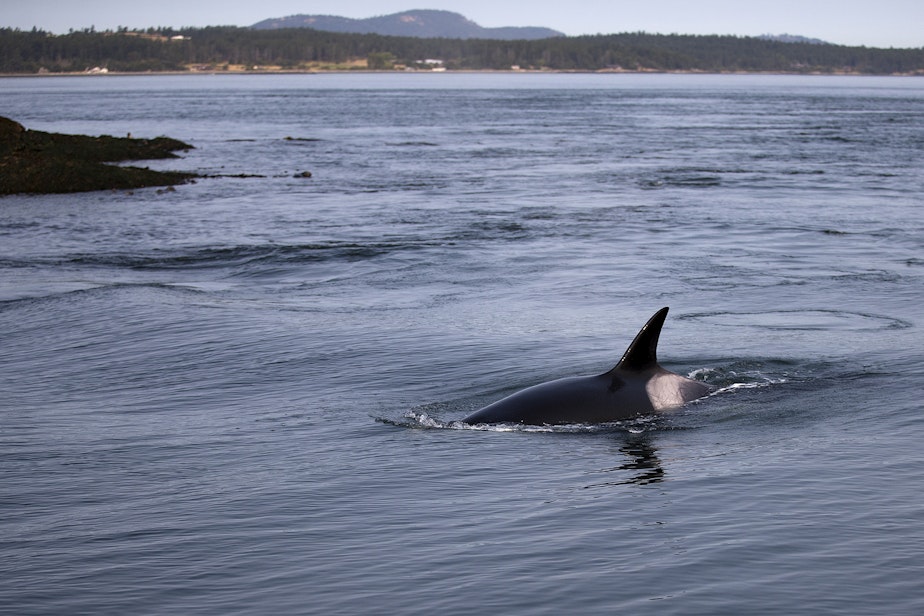How technology is mapping the unheard conversations of the natural world

When you step into a forest, or walk along a beach, there's a lot to take in – the sound of waves crashing against the sand, birds chirping to each other in the trees.
But there's a lot we don't hear, and thanks to new technology, researchers are closer than ever to translating our natural world.
"A large degree of the communication that happens in nature is inaudible to us," said Karen Bakker, author of "The Sounds of Life: How Digital Technology is Bringing Us Closer to the Worlds of Animals and Plants."
"That's either happening above the top end of our hearing range, and what's called the ultrasonic, or below the lower end of our hearing range, in what's called the infrasonic," Bakker said.
From elephants imitating the sounds of vehicles to military sensors using live bees, from repopulating coral reefs with sonic beacons to the timelessness of whale song, Bakker explores the ways advancements in recording technology and AI pattern-recognition are bringing previously unheard corners of our world to life.
Listen to Soundside's conversation with Karen Bakker by clicking the audio above.






